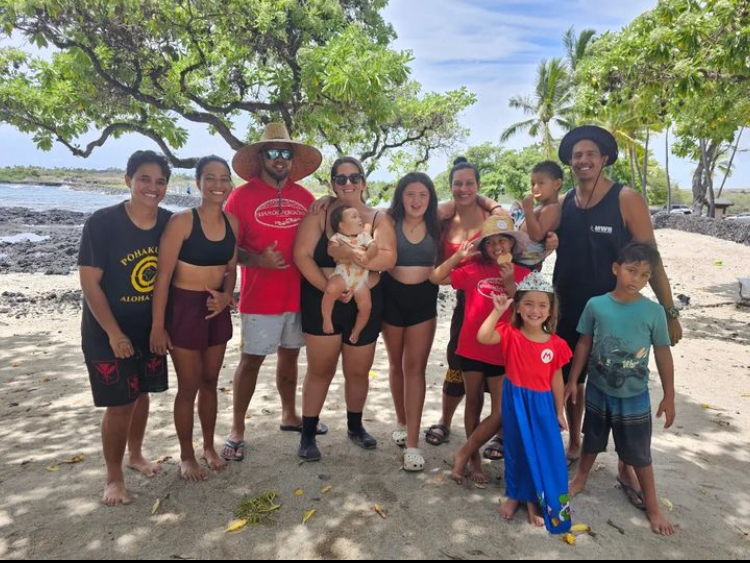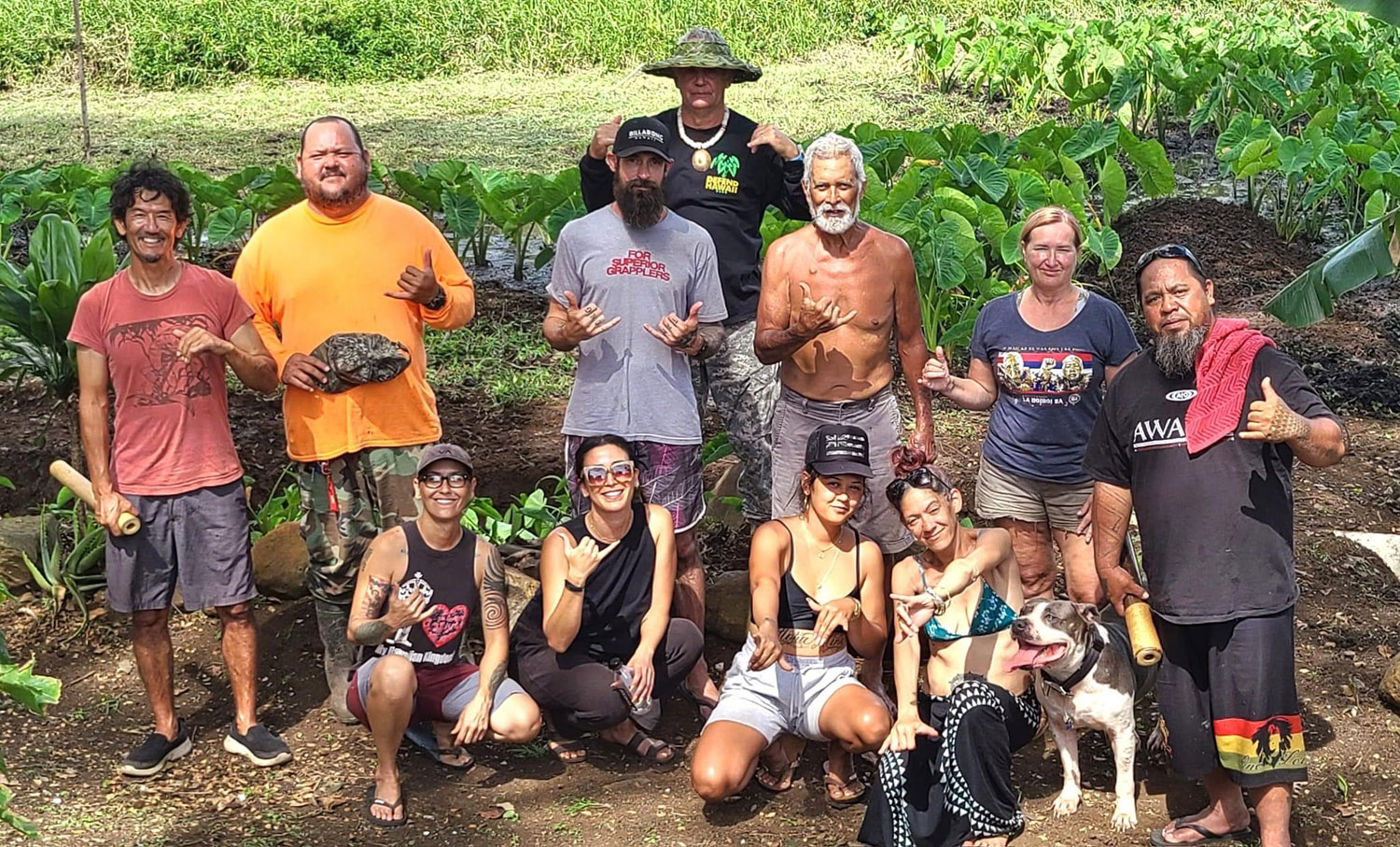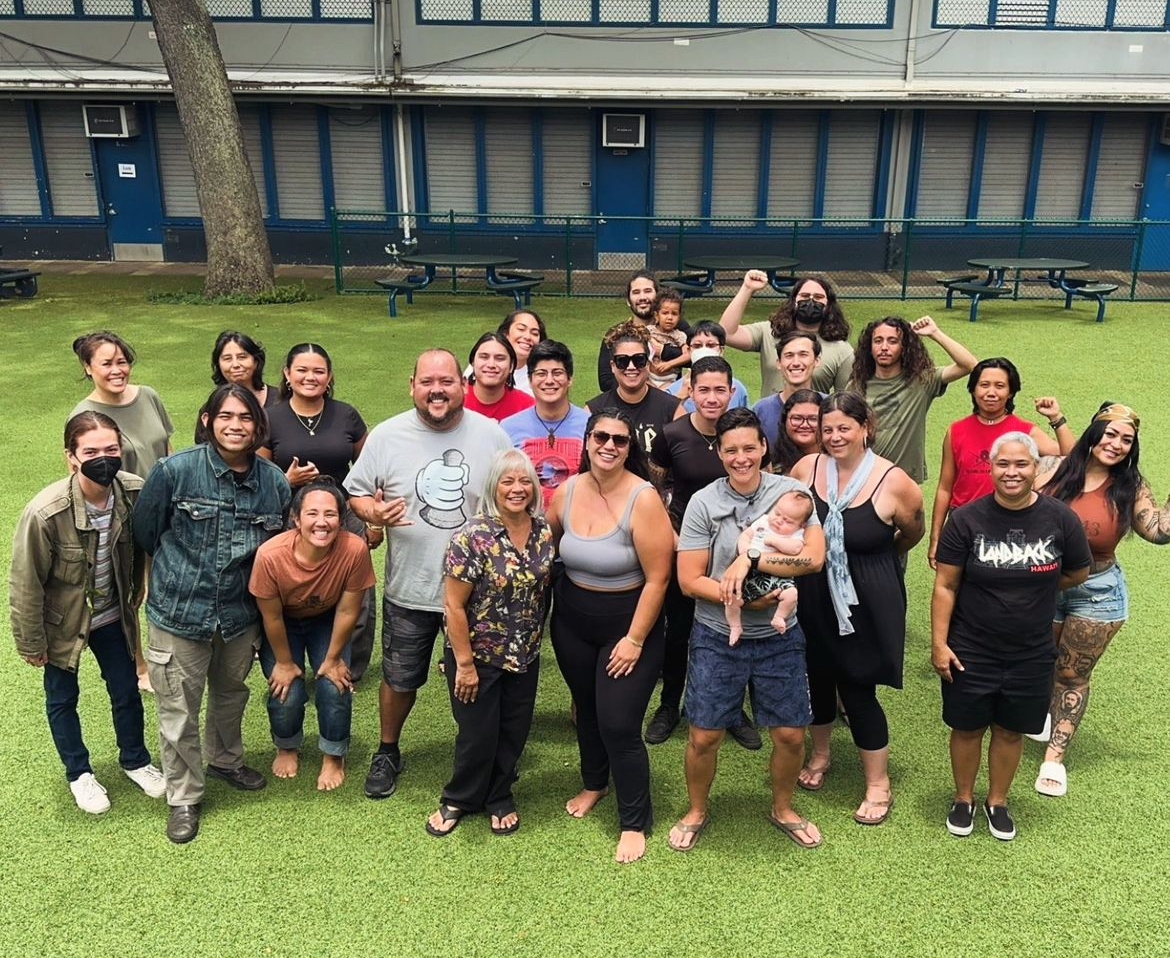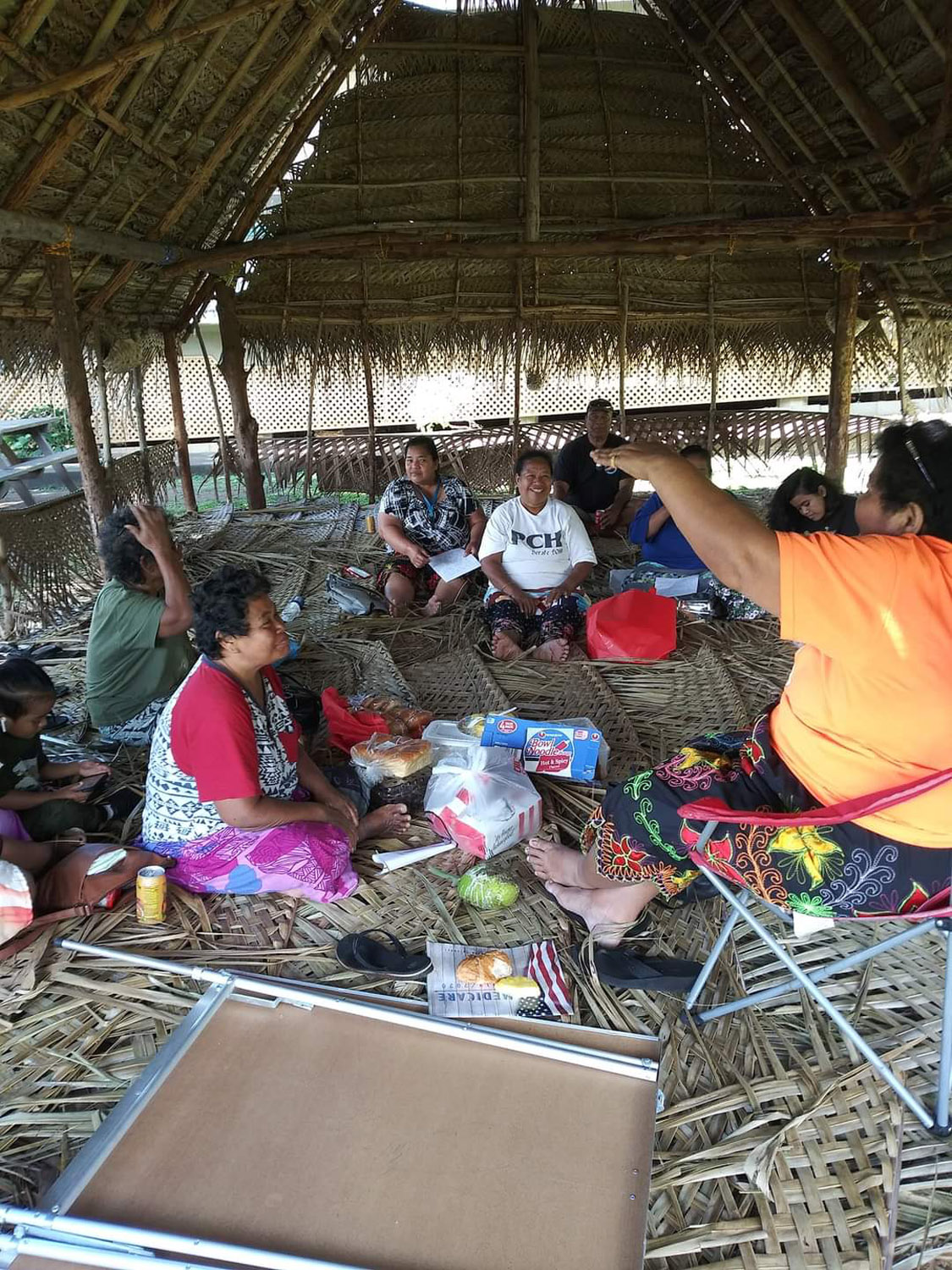Self Determination
-

Hui Aloha ‘Āina Momona
Hui Aloha ʻĀina Momona seeks to develop aloha ʻāina tools and skills to enrich the experiences and bodies of ʻohana and kaiāulu. In addition to mālama of growing community participation, Hui Aloha ʻĀina Momona takes an ʻāina-based approach to growing meaningful and long term strategies to connect people to the land by continuing to empower…
-

Kahalu’u Kūāhewa
Kahalu’u Kūāhewa is a community-based organization located in the ahupuaʻa of Kahalu’u ma uka. Located in one of Konaʻs largest intact traditional agricultural field systems preserved within a 354-acre area owned by Bishop Estate-Kamehameha Schools, the hui has documented 3,500 archaeological features, 98.7% of which are considered traditional agricultural features. Removal of invasive species, revitalizing and…
-

Hui Kaloko Honokōhau
Hui Kaloko Honokōhau is dedicated to protecting, preserving, and advancing the natural and cultural resources of Kaloko and the customary and traditional practices of Native Hawaiians of the area. As kia’i loko (fishpond guardians), they aim to restore, conserve, and manage the area’s water, natural, cultural, scenic, historic and marine resources for the benefit, education,…
-

Ho’i Ho’i Ea
Ho’i Ho’i Ea‘s mission is to (re)establish sovereignty through the reclamation of land, water, and nearshore marine estuaries in mālama ‘āina traditions and responsive campaigns, embodying the concept of aloha ‘āina. They are a multi-generational hui comprised of traditional agricultural practitioners, educators, and organizers. They respond to rising threats to cultural practices, indigenous rights, and…
-

Ka ‘Ahahui Hawai’i Aloha ‘Āina
Reactivated in 2016 from its original formation circa 1893, Ka ʻAhahui Hawaiʻi Aloha ʻĀina (Hui Aloha ʻĀina) exists for the expressed purpose of perpetuating Hawaiian national identity, the development of a Hawaiian national consciousness, and the restoration of Hawaiian national independence. Hui Aloha ʻĀina has branches on all major islands, is entirely volunteer driven, is a multigenerational…
-

Ho’āhu Energy Cooperative Molokai (HECM)
Ho’āhu Energy Cooperative Molokai is structured as a consumer cooperative, ensuring that member-owners have the ability to directly inform the products and services the co-op offers through annual meetings and democratic processes. As a grassroots community entity, Hoʻāhu hosts public workshops to include the broader Molokai community in the design of its projects, including the Residential…
-

Chuukmenessor (Chuuk Language and Cultural Association of Hawai’i)
Chuukmenessor (Chuuk Language and Cultural Association of Hawai’i) provides language and culture educational opportunities for Chuukese children that are far from their homeland, and fosters a sense of community to inspire positive contributions and actions. Chuukmenessor offers Chuukese language and culture classes to youth in grades K-12, with outreach sites at Hawai’i’s Plantation Village in Waipahu, Evergreen…
-

Ka Lāhui Hawai’i
On January 17th, 1893, with the assistance of the u.s. military, a small group of Haole businessmen usurped control of the Hawaiian Kingdom from Queen Lili’uokalani, an act of war that has yet to be remedied 130 years later. For generations, this egregious insurrection was hidden from the lāhui’s consciousness, and the world. Ka Lāhui…